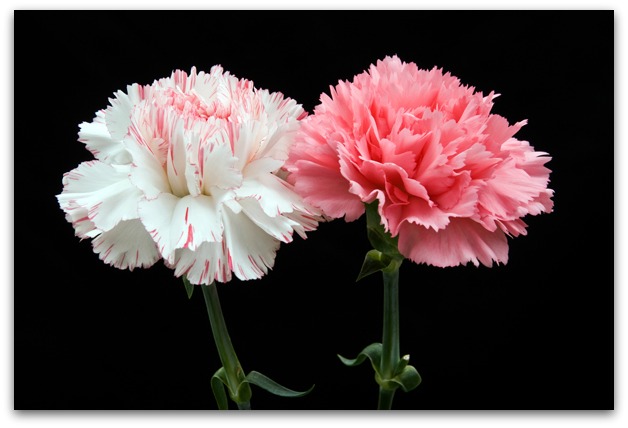Did you forget to buy your mom flowers yesterday? Good! It’s what the founder of Mother’s Day would’ve wanted.

When she died in 1905, the younger Jarvis received hundreds of cards from people whose lives her mother had touched. That gave her the idea to revive Mother’s Friendship Day, but on a bigger scale. “Mother’s Day” would celebrate not just her mother, but all mothers. The first was celebrated in 1908 at the church in West Virginia where Ann Jarvis had taught Sunday School—the younger Jarvis sent 500 white carnations to be worn by churchgoers as a symbolic gesture of the appreciation of mothers.
The holiday spread was made national and official by congressional decree in 1914. Less than a decade later, Jarvis was working to end Mother’s Day.
The American floral industry was an early backer of Mother’s Day, as they stood to make a fortune each May with the sales of white carnations. As happens today with roses on Valentine’s Day, stores routinely marked up carnations and still sold out of them. The flower people’s devious solution: It convinced consumers to buy brightly colored flowers of any kind to give to their living mothers, and to buy and wear white flowers in honor of deceased mothers. Jarvis thought all of that reeked of crass commercialism. In 1920, she publicly asked Americans to stop buying flowers…as well as greeting cards and candy, which she said were sold by crooks that undermined “one of the finest, noblest, and truest movements.” She even tried to trademark the carnation and the phrase “Mother’s Day” together, so she could legally stop the sale of the flower in conjunction with the holiday. The government denied her request.
In 1945, a few years before she died, Jarvis even knocked on doors in Philadelphia seeking signatures for a petition to do away with Mother’s Day.







